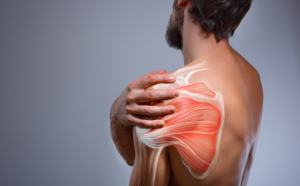Whole-body vibration (WBV) machines have gained popularity as a fitness and therapy tool. But do they really work? Let’s explore the science behind WBV and its potential benefits.
How Whole-Body Vibration Works
WBV machines generate mechanical vibrations that travel through the body. These vibrations cause muscle contractions, simulating the effects of exercise.
There are two main types of WBV:
- Vertical Vibration – Moves up and down, mimicking natural movements.
- Oscillating Vibration – Tilts side to side, engaging core stability.
Potential Benefits of Whole-Body Vibration
1. Improved Muscle Strength
Studies suggest WBV activates fast-twitch muscle fibers, which help improve muscle tone and strength.
2. Enhanced Blood Circulation
Vibration increases blood flow, which may aid in recovery and reduce muscle soreness.
3. Bone Density Support
Some research indicates WBV can stimulate bone growth, making it beneficial for osteoporosis prevention.
4. Weight Loss and Fat Reduction
WBV may help with calorie burning, though it should be combined with a healthy diet and exercise for best results.
5. Balance and Flexibility
Vibration training can improve coordination and stability, reducing the risk of falls, especially in older adults.
Does Science Support WBV?
While WBV has shown promise, results vary based on frequency, duration, and individual fitness levels. It is most effective when combined with traditional workouts rather than used alone.
Conclusion
Whole-body vibration machines can provide benefits like improved circulation, muscle strength, and bone health. However, they should be used as part of a broader fitness routine rather than as a standalone solution. Always consult a professional before incorporating WBV into your regimen.



